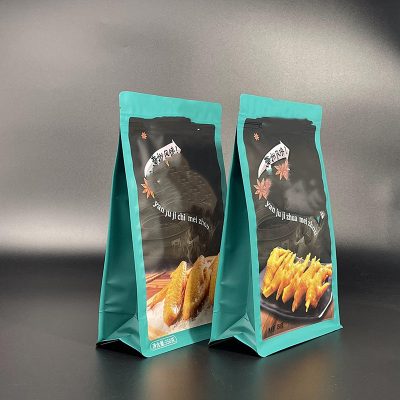The history of plastic bags is indeed surprising, as these ubiquitous items have a relatively short but eventful history. Here’s a brief overview of their development and evolution:
- Early Beginnings: The concept of using plastic to create bags can be traced back to the late 19th century. However, early plastic bags were not the lightweight, disposable items we are familiar with today. They were made from materials like celluloid and were intended for use as waterproof and durable containers.
- The Birth of Polyethylene: The modern plastic bag owes its existence to the invention of polyethylene in the 1930s by researchers at Imperial Chemical Industries (ICI) in the United Kingdom. Polyethylene, a versatile and low-cost plastic, would become the primary material for manufacturing plastic bags.
- Early Commercial Use: Plastic bags made from polyethylene first appeared on the commercial market in the 1950s. They were initially used for packaging and transporting food products.
- Grocery Store Adoption: The breakthrough for plastic bags came when grocery stores and retailers recognized their convenience. In the late 1950s and early 1960s, many stores began to offer plastic bags to customers as an alternative to paper bags. The lightweight and waterproof nature of plastic bags made them appealing for carrying groceries.
- Rapid Expansion: Plastic bag usage exploded throughout the 1960s and 1970s. Their popularity was driven by their low production cost and the perception that they were more hygienic for carrying food items.
- Environmental Concerns Emerge: As plastic bag usage continued to rise, so did environmental concerns. People began to realize the negative impact of plastic bags on the environment, including litter, wildlife entanglement, and the long-lasting nature of plastic waste.
- Legislation and Bans: In response to these environmental concerns, some regions began implementing plastic bag regulations. For example, in 2002, Bangladesh became the first country to ban plastic bags outright. Other countries and cities followed suit with various restrictions, fees, or bans.
- Shift Towards Reusable Bags: As awareness of plastic bag pollution grew, there was a shift toward the use of reusable bags made from materials like cloth, jute, and recycled plastics. Many retailers started offering reusable bags as an alternative to single-use plastic bags.
- Innovation and Alternatives: Innovation in bag design and materials has continued. Biodegradable and compostable bags have been developed as more environmentally friendly alternatives. Some regions have explored options like bag recycling programs and incentives for reusable bag use.
- Ongoing Debate: The use of plastic bags remains a topic of debate worldwide, with some arguing for stricter regulations and others advocating for consumer responsibility and recycling.
Today, plastic bags remain a symbol of both convenience and environmental concern. Efforts to address their environmental impact include plastic bag bans, recycling programs, and promoting reusable alternatives, reflecting society’s evolving understanding of sustainability and the need to reduce plastic waste.




















